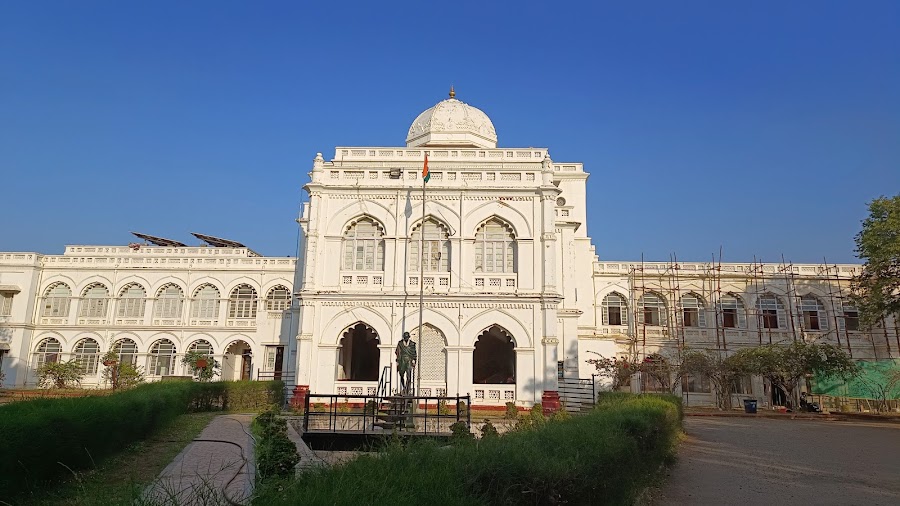
Gandhi Memorial Museum
Madurai, India
- Explore Gandhi's life through photographs.
- Learn about India's freedom struggle.
- Read letters written by Gandhi.
- Reflect on principles of non-violence.
- View the blood-stained dhoti.
Known for:
Description:
The Gandhi Memorial Museum in Madurai is a poignant tribute to Mahatma Gandhi and his profound influence on India's freedom struggle. Housed in the historic Tamukkam Palace, the museum offers a glimpse into Gandhi's life, philosophy, and his deep connection with the people of South India. The museum features a rich collection of photographs, letters, personal belongings, and rare artifacts that chronicle his journey and teachings. The highlight is a section displaying the blood-stained dhoti Gandhi wore when he was assassinated. The museum aims to promote peace, non-violence, and communal harmony, reflecting Gandhi's ideals. A visit here is a deeply moving experience, providing insight into the life and legacy of the 'Father of the Nation'.
History:
The Gandhi Memorial Museum in Madurai was established in 1959. The main building, the Tamukkam Palace, has its own rich history, having served as the summer palace of the Nayak rulers in the 17th century. After India's independence, the palace was chosen as the ideal location to house a museum dedicated to Gandhi's memory. The museum was inaugurated by Dr. Rajendra Prasad, the first President of India. The establishment of the museum was part of a broader effort to preserve Gandhi's legacy and promote his principles of non-violence and self-reliance. Over the years, the museum has become an important center for Gandhian studies and a place of pilgrimage for those inspired by his life and work.